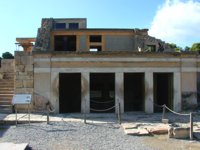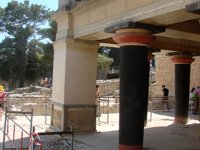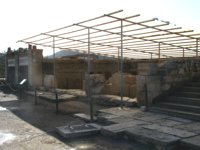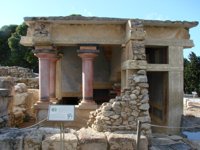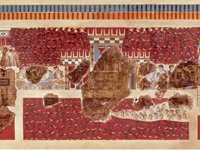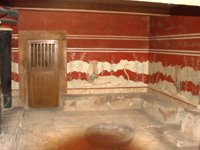interkriti®
YOUR GATEWAY TO CRETE
Crete Image Library

The famous Parisienne fresco
Fragment of a fresco with a female figure, possibly a young priestess, with the sacral knot at her back. The name was given by Sir Arthur Evans because of the concern for appearence indicated by her heavily made-up face. It was found at the west wing upper halls of the Palace at Knossos. Final Palace Period 1400 - 1350 BC. (Heraklion Museum)

Knossos - The Snake Goddess Figurine
The famous figurine of the Snake Goddess, made of painted faience, depicting a bare-breasted female figure, a goddess or a priestess. She is wearing rich garments, a long flounced skirt and an embroidered apron, a belt that highlights her narrow waist and a bodice open in front, leaving her full breasts uncovered. The coiling snakes she is holding in her outstretched hands and the small feline creature on her head suggest her dominion over wildlife. The emhasised breasts allude to her fertility attributes. The figurine was found in the Sanctuary Treasury at the palace of Knossos. Neopalatial Period 1600 BC (Heraklion Museum)

Knossos - The Lioness' head Vase
Rhyton in the form of a lioness's head of off-white translucent limestone, a work of exceptional plasticity rendered naturalistically. The inlays in the snout and eyes, possibly of jasper and crystal, like those on the bull's head rhyton (found also in Knossos) have not been preserved. From the west wing Upper Halls of Knossos Palace. Neopalatial Period 1600- 1500 BC - Heraklion Museum.
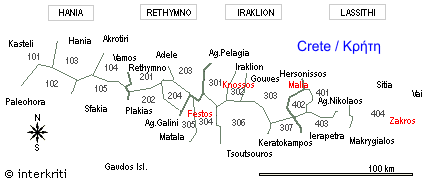 |
|
|

